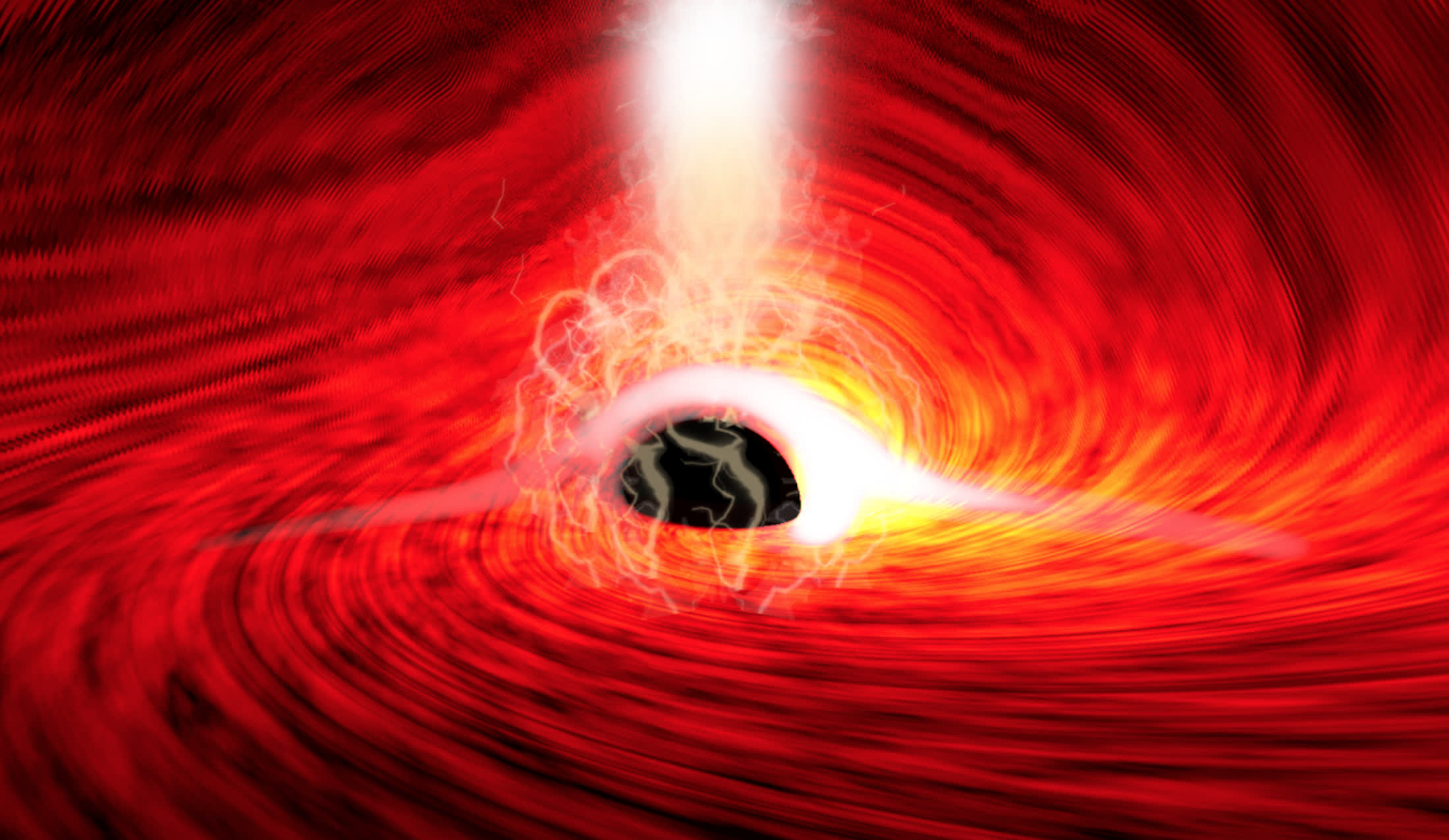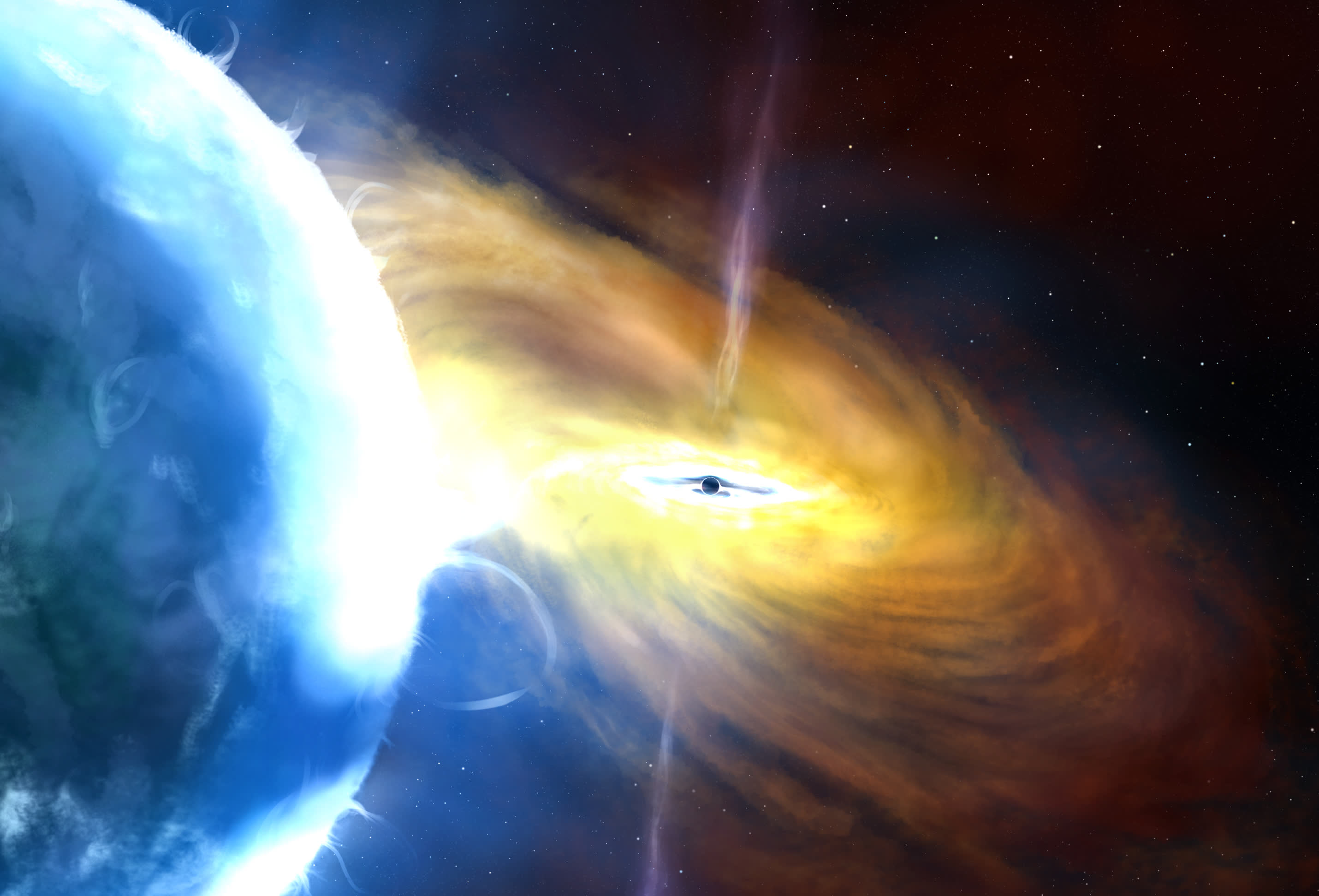What just happened? Most galaxies, including the Milky Way, have supermassive black holes at their centers. Occasionally, they awaken from a relatively quiet state and eat surrounding matter. Scientists have seen such black holes before and after they became active, but this is the first time they have watched one come to life.
According to a recently released paper, scientists from the European Southern Observatory are reasonably sure that they just witnessed a supermassive black hole "turn on" in real time, radically altering the appearance of the surrounding galaxy. Other explanations are plausible but unlikely.
In December 2019, the relatively unremarkable galaxy SDSS1335+0728, located around 300 million light-years away in the Virgo cluster and which had been relatively dormant for the preceding two decades, began shining brighter. Observatories worldwide started tracking the object as it emitted progressively stronger light on multiple radiation spectrums over the next few years. Even now, its luminosity grows.

The most likely explanation is that the previously quiet supermassive black hole, about one million times the mass of our sun, has transitioned into an active galactic nucleus (AGN). Most black holes are inactive, making them effectively invisible. However, upon awakening, they start eating the surrounding gases, causing a dramatic increase in brightness, which makes them directly observable.
Something similar could happen to Sagittarius A*, the supermassive black hole at the center of our galaxy (which astronomers recently imaged in unprecedented detail). However, the conditions necessary to initiate an AGN remain unclear. Studying SDSS1335+0728 – the first activation observed in real time – will allow scientists to learn more about these events.

Another possible explanation for the galaxy's sudden change is a tidal disruption event (TDE), which occurs when a black hole rips apart a star that drifts too close. The researchers say this isn't as likely because TDEs usually transpire much more quickly than the event currently seen with SDSS1335+0728 – typically over weeks or months. If the sudden brightness is from a TDE, it would be the slowest ever recorded.
Still, astronomers cannot rule out the possibility entirely since TDEs aren't well understood. It could be a particularly exotic event. Time will tell whether the supermassive black hole begins to fade, which might indicate a TDE or some other unusual event, or maintains its elevated brightness consistent with the properties of an active galactic nucleus.